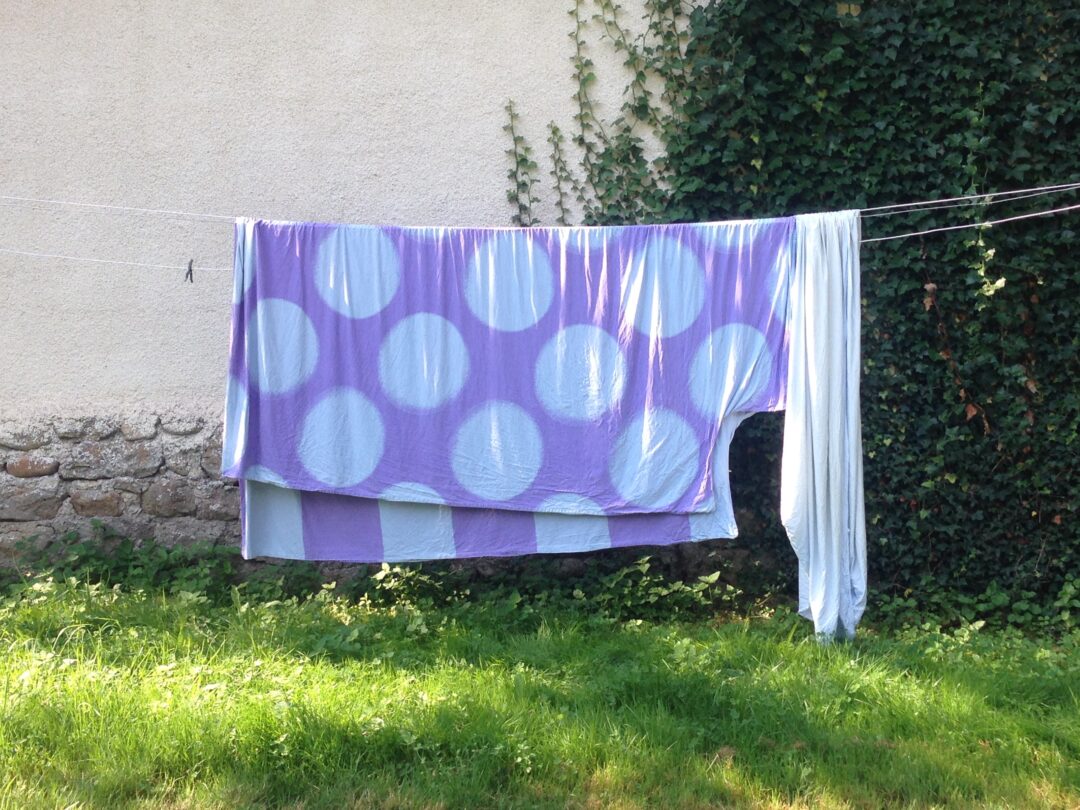For the publication AFTERSEASON by Aliki van der Kruijs
Colour is never fixed
Colour is always in transition to a next shade. Sometimes due to sunlight or wear but also instantly when somebody suddenly turns of the light. Colour is never fixed forever. Colour is also very personal and has to do with perspective. Conscious or subconscious (cultural) colour preferences influence and shape our perception from early age. Colour changes from sunrise to sunset to sunrise again. Rain, shade, reflection and even wind change what colours we see while physical related elements like happiness, panic, migraine, drugs, waking after having slept for a while, looking away from a digital screen after working or leaving a specifically coloured room all change our perception slow or fast. Then there are stories related to colour that for some reason seem to have a natural interest and relevance to us. Everybody knows facts on colour, and I have never met somebody not liking them, even if they are possibly false. A small selection of colour facts people told me over the last year connected to the colour purple:
In New Guinea the term Koh is used for an element that creates big contrast to its background. A bright green parrot can be Koh when flying through the sky but when surrounded by the forest it will not be named Koh anymore but the local term for parrot. A shiny purple coloured inside of a shell can be Koh when hit by sunlight and is called a shell when in the shade.
A teacher from my primary school always wore purple. All the children called her The Purple Witch but she didn’t seem to mind.
Colour of human skin changes constantly through emotion, illness, sun, climate but all babies are born purple.
Vladimir Nabokov and his wife Vera Nabokov both profited from synaesthesia, a perceptual phenomenon in which simulation of one sensory or cognitive pathway leads to involuntary experiences in a second sensory. Vladimir always experienced red when thinking of ‘Monday’ while Vera experienced blue. When their son Dmitri was born and old enough to express his inherited synaesthesia, he somewhat logically concluded that ‘Monday’ appeared to him as purple.
The most preferenced colour in the world is said to be blue for both men and woman. For woman purple comes in second, while second on the list of least preferenced colours for men is purple.
It takes a chameleon a couple of minutes to an hour to change its colour. Often even more connected to emotions then the blending in or sticking out the direct surroundings I’m wondering if a chameleon really stays angry all this time or has set something in motion he/she can’t stop anymore. Next to this a chameleon can’t transform in every colour of choice. Each animal has a specific set of colours it can transform to depending on mood, health or surroundings. There is one fact known of a chameleon that could only change into purple.
A friend of mine wanted to colour her white sweater burgundy red after spilling a glass of red wine over it on a party. The sweater changed into a lighter shade of the preferred colour but the stain turned into dark purple.
While I was on my way to drowning in a pool looking up I noticed the sky, which looked a bright blue before, had changed into a beautiful lila.
Frank Koolen, 2019

